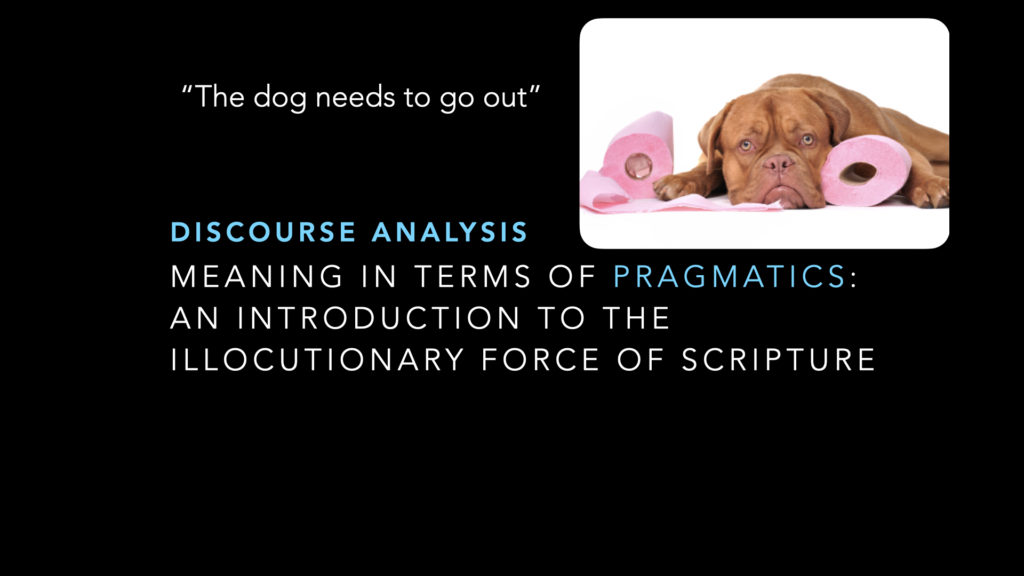
Introducing Illocutionary Intent-Informed Meaning (II-M) and Why it Matters
This past Monday I was privileged to present some of my more important Ph.D. dissertation findings to the Alcuin Society of Lancaster Bible College | Capital Seminary & Graduate School. Many thanks to faculty and guests who were extremely gracious.
Here are a few things that are pertinent to preachers:
- Learn to think about application early in the sermon development process. The old school approach was to wait on application because if entertained too early, the process had the potential to skew exegesis.
- In order to think about application earlier, the search for application must be a part of the search for exegetical/theological meaning.
- In order for that to happen your exegetical method must include the search for what I call, Illocutionary Intent. This involves looking for clues as to what the biblical author wants to do to the readers.
If you like, try to create a meaning summary, II-M, for Luke 15. In other words, your one-sentence meaning summary must include an element of what the author intends to do to the reader. Or, to put it another way, make sure your meaning summary includes the intended application or response of the church to Luke 15.
Try it and see how you do.
Also, if, like me, you’re already looking at a Text for this coming Sunday, see if you can detect the illocutionary intent of the author. This will give you a sneak peak at your primary sermon application and worship response of your congregants.
And may our Lord receive glory in the church and in Christ Jesus (Ephesians 3:21),
Randal
P.S. I trust you enjoyed a wonderful Easter celebration!




